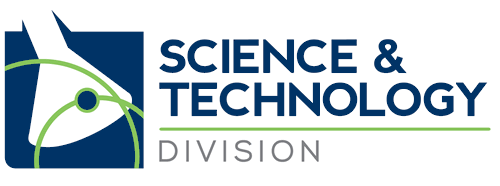1K
My name is Amy Lesiewicz, and I’m the newest member of the S&TD’s Leadership Council. I’ll be joining Tess Whitty as blog editor.
I was pleased when our fearless leader Karen Tkaczyk asked me to join the leadership council, because I’ve found a home among my fellow scientific and technical translators. We’ve all heard things like “Google Translate may be good enough for technical documents, but it will never replace literary translators” or “Someone translating into their non-native language might be able to cope with a technical text, but for marketing materials you really need a native speaker”. I was even told at the 2012 ATA Annual Conference that “technical translation is easier than marketing translation”! Statements like these light a fire in my belly!
I find science fascinating, and I love learning about the science behind the texts I translate. I often spend as much time researching the subject matter as I do actually writing my translations. To some translators who work in other fields, translating fungicide test reports or chemical reactor design documentation may seem uninspiring, but it’s what I live for.
Let’s look at the word valence. In chemistry, valence electrons are those “in the outermost principal quantum level of an atom”; in other words, they are located in the outermost shell of an atom, and can interact with other atoms to form covalent bonds. The number of valence electrons determines an atom’s chemical properties and behavior. In the periodic table, elements in the same group (vertical column) have the same number of valence electrons. But the word valencehas other meanings as well. In immunology, valence is the number of antigen-binding sites on an antibody molecule. In linguistics, valence is the number of satellite noun phrases with which a verb combines. The etymology of valence is Latin valentia (related to the word valiant), which means “strength, capacity,” from valere, “to be strong”. According to Stedman’s Medical Dictionary, valence also means “the attraction or aversion that an individual feels toward a specific object or event.” Another definition is “the ability to unite, react or interact successfully with another”.
That’s us, in a nutshell. We’re out on the fringes, on the edges, on the forefront, hanging out in the outermost orbitals, grabbing onto other concepts, other ideas, other disciplines, other languages. We’re reactive. We combine. We bond. We’re strong. We’re attracted to science and language. We unite, react, and interact successfully with others.
We’re technical translators. What do we make? We make connections.
Amy Lesiewicz translates from Russian to English. She started out as a chemistry student but began taking Russian classes as a junior in college and fell in love with the language. After earning her BS in chemistry, she went on to earn a BA and MA in Russian language and a Certificate of Advanced Study in translation. She spent a year in Moscow working as an in-house translator, followed by three and a half years at an engineering company in Houston


